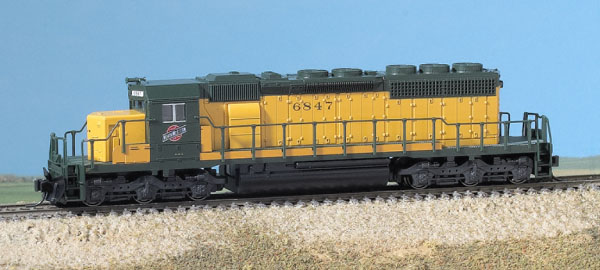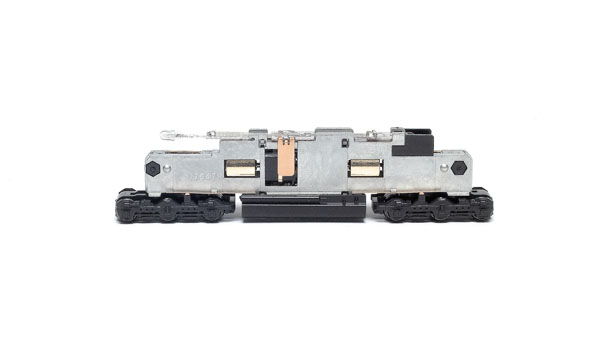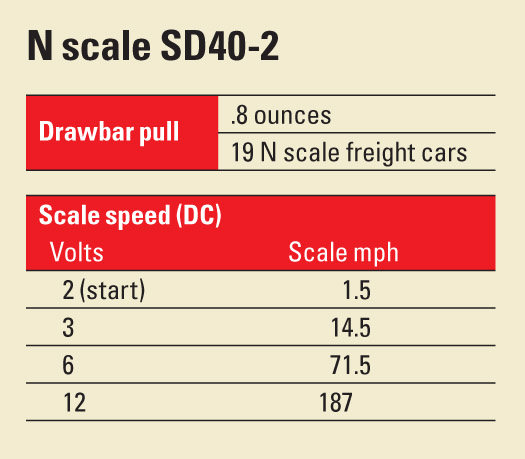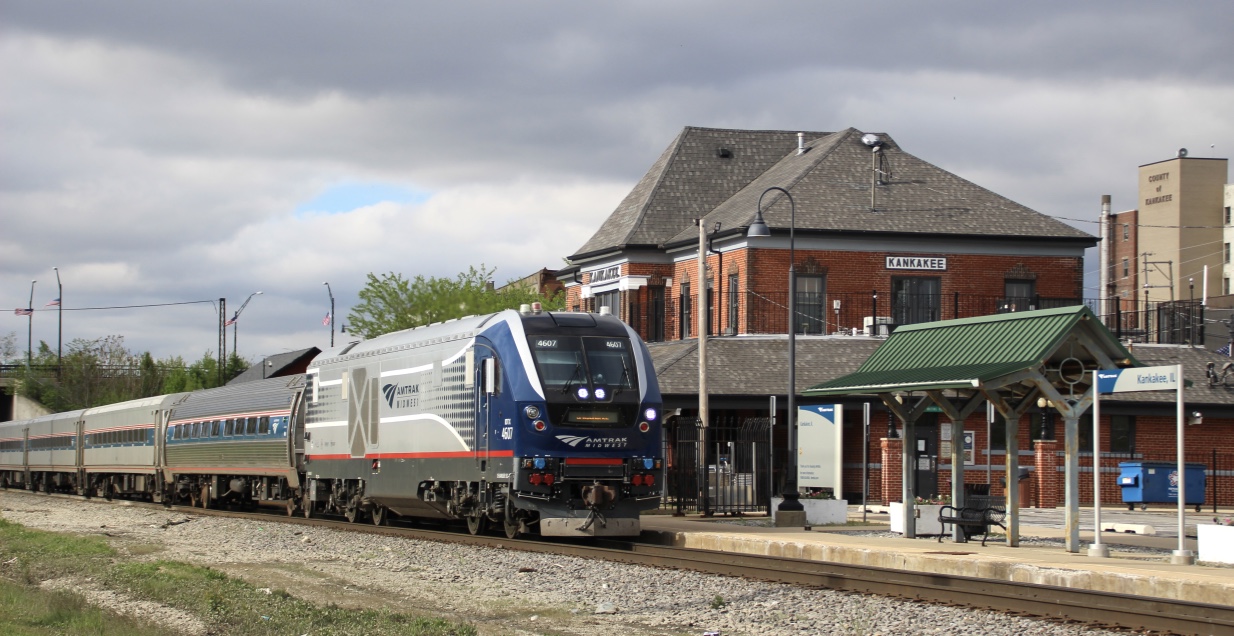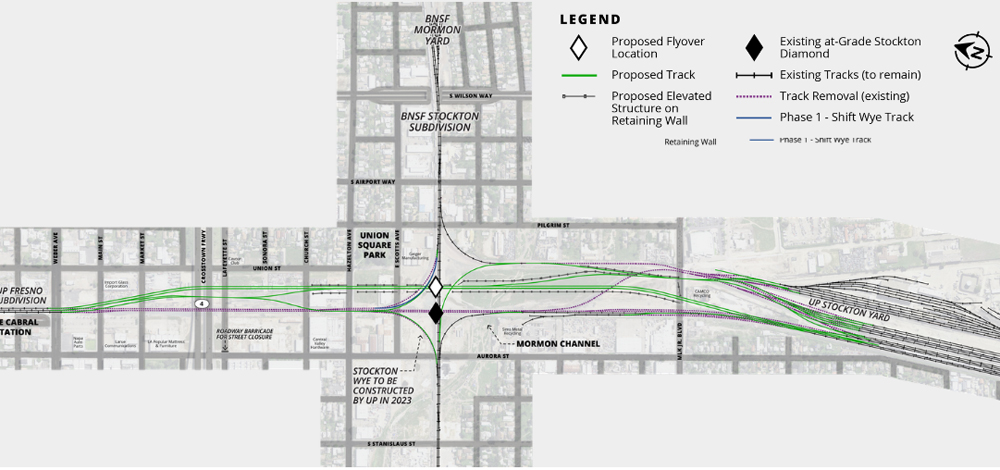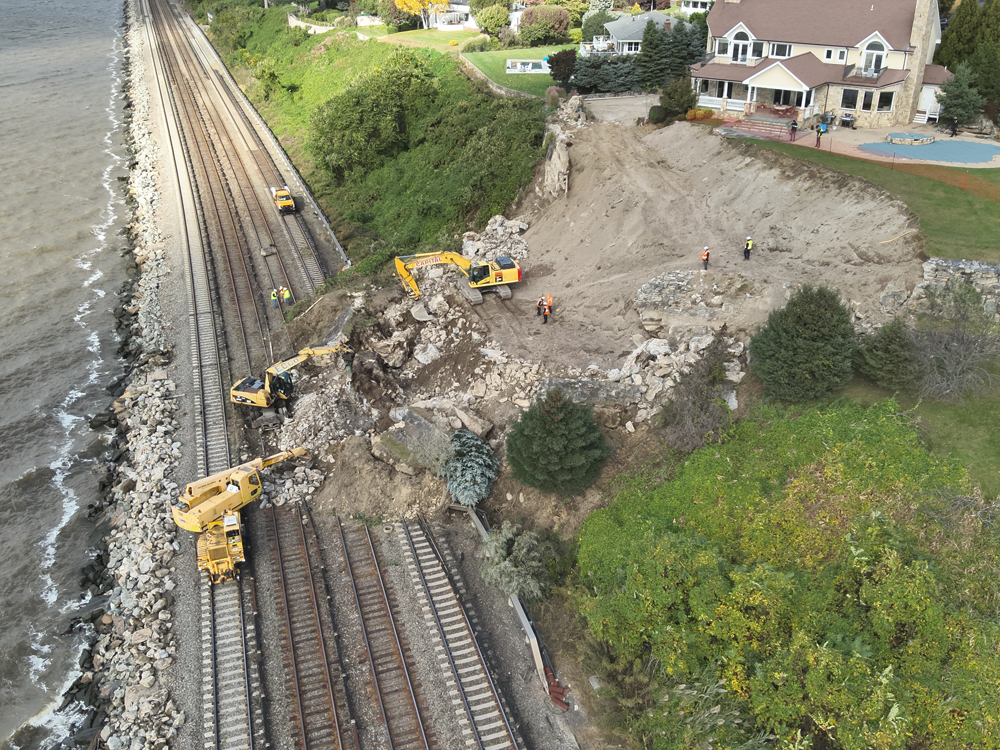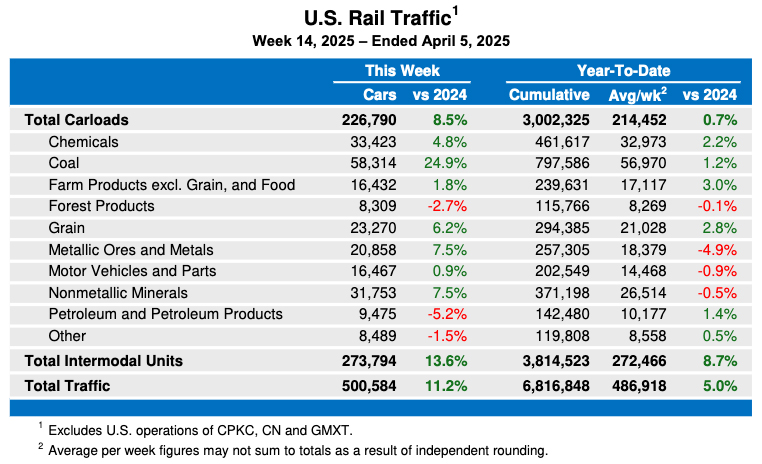The SD40-2 is one of the most recognizable second-generation road switchers, with its large front and rear “porches.” This was due to it being built on the same frame as the larger SD45, as was the 2,000-hp SD38-2. Spotting features to tell the 3,000-hp SD40-2 apart from the SD38-2 include three radiator fans, rather than two. Both were part of EMD’s “Dash 2” line of locomotives featuring new electronic controls. Many are still working the rails today.
Kato’s model represents an early production locomotive, appearing as the prototype was built between 1972 and early 1976, with squat fan shrouds and screened radiator intakes on the sides instead of louvered ones. (Kato is planning a later release of a mid-production version in four different road names.) Our sample’s dimensions matched diagrams in Model Railroader Cyclopedia, Vol. 2: Diesel Locomotives (Kalmbach Publishing, out of print).
The modeler has to install the magnetic trip pins on the Kato knuckle couplers, which are mounted at the correct height. They’re spring-mounted on the end platforms and don’t need to be
removed to pull off the friction-fit shell.
The split die-cast metal frame occupies most of the space under the plastic shell. The motor and its dual brass flywheels are visible through openings.
The lighting board, with light-emitting diodes at either end, is snapped into notches on top of the frame. Copper tabs on either side of the circuit board supply power to the motor. Removing it is a simple matter of pulling it back, lifting the end, and disengaging the notches. Train Control Systems makes a Digital Command Control motor and light decoder designed to replace this board.
The blackened metal wheelsets have low flanges, which lets them roll on rail as small as Code 40 without bumping spike heads. Our National Model Railroad Association wheel gauge showed one set of wheels just a bit tight, with a back-to-back dimension .004″ smaller than NMRA standard S-4.2. The model can negotiate 9-3⁄4″ radius curves.
The model is equipped with an open-frame motor, which made it a little noisier than a can motor would have been, but not excessively so.
As one of the best-selling locomotives of its day, EMD’s SD40-2 found a home on almost every major North American railroad. If you model the 1970s to today in N scale, you should consider giving a few of Kato’s versions a home on your layout.
Manufacturer:
Kato USA
100 Remington Rd.
Schaumburg, IL 60173
www.katousa.com
Road names: Chicago & North Western, Pan Am Rys., Wisconsin & Southern, and Union Pacific (two road numbers per name)
Era: 1972 to present
Features:
- All-wheel drive and electrical pickup
- Golden-white light-emitting diode directional lighting
- Knuckle couplers with modeler-applied trip pins
- Low-flange blackened metal wheels
- Modeler-applied number boards
- Open-frame motor with dual brass flywheels
- Split cast-metal frame





